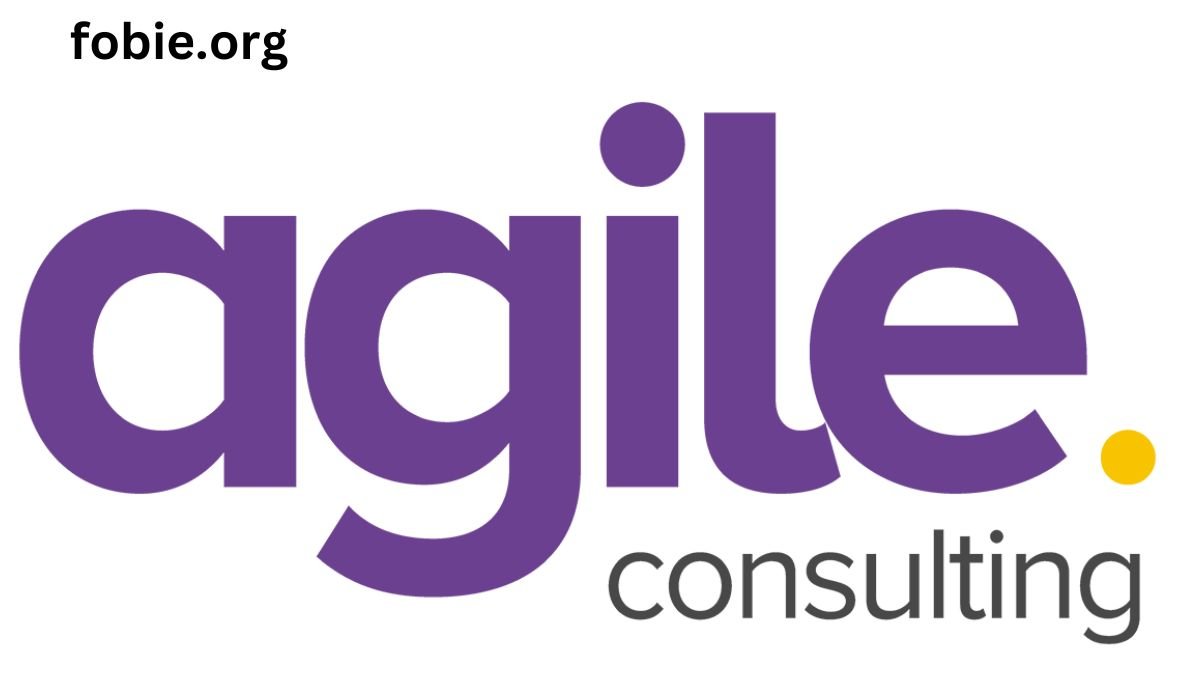In the digital landscape, being visible isn’t just about having a website—it’s about ensuring potential customers can find you easily. For small business owners and SEO enthusiasts, mastering often-overlooked but highly impactful SEO strategies is vital to this visibility. In this listicle, we’ll uncover ten hidden gems of SEO that can significantly improve your search visibility, bringing more traffic and potential leads to your site.
1. Long-Tail Keywords
Long-tail keywords are specific, longer phrases often utilized by searchers who are closer to making a purchase or looking for detailed information on a particular topic. Unlike broad, generic keywords, long-tail keywords cater to niche markets, capturing a specific audience interested in what you offer. Though these keywords attract less search volume, they lead to higher logical conversion rates because they match the precise intent of users farther along in the buying process.
Identifying effective long-tail keywords begins with using SEO tools like Google Keyword Planner, Ahrefs, or SEMrush. These tools facilitate you in exploring and analyzing keyword suggestions based on your niche and provide insight into search volume, competition, and potential traffic. When searching for long-tail keywords, focus on phrases specific to your products or services yet align with the queries your target audience might ask.
To utilize long-tail keywords, ensure they are integrated naturally into your content, making it informative and engaging for your audience. Writing content that answers specific questions or addresses particular needs is crucial, thus enhancing relevance. This approach aligns with the searcher’s intent and improves your site’s credibility and authority.
Additionally, incorporating long-tail keywords in strategic places such as headings, meta descriptions, and alt texts enhances visibility on search engines, leading to a more impactful SEO strategy. By prioritizing user intent and specificity, you can cater to an audience ready to engage with your offerings.
2. Local SEO Strategies
For small businesses, local SEO is crucial. It helps ensure that your business appears in local search results, which can drive significant foot traffic and online inquiries. Here are some tips for optimizing local search visibility:
Ensure Your Google My Business (GMB) Profile is Complete and Accurate
A comprehensive GMB profile acts as a cornerstone for local SEO. Ensure all details, such as your business name, address, phone number, and business hours, are accurate and up-to-date. Regularly update your GMB listing with new photos, offers, and posts to attract potential customers. This accuracy enhances your presence in Google’s local pack, highlighting businesses relevant to a user’s search query.
Gain Positive Reviews from Satisfied Customers
Provoking happy customers to leave positive reviews on your GMB profile can significantly boost your local rankings. Reviews not only enhance credibility but also influence potential customers’ decision-making process. Respond to these reviews—both positive and negative—promptly and professionally to show that you value customer feedback.
Use Local Keywords in Your Website Content and Meta Tags
Incorporate local keywords, such as “best coffee shop in Brooklyn,” into your website content, meta titles, and descriptions. Doing so helps signal search engines that your business is relevant to local queries. Use tools like Google Keyword Planner to find effective local keywords that precisely and explicitly target your area. Additionally, create location-specific content like blog posts highlighting local events or collaborations, which can also improve your local SEO performance.
By implementing these strategies, small businesses can enhance their visibility in local search results, attract more local customers, and drive growth.
3. Content Gap Analysis
Content gap analysis involves identifying topics your competitors are covering, but you need to provide an opportunity to fill those gaps and attract more traffic. This process is a powerful technique for a competitive edge that enhances your content strategy and meets the evolving needs of your audience.
But you need to provide an opportunity to fill those gaps and attract more traffic. These tools allow you to thoroughly audit the landscape and pinpoint areas where your competitors may outperform you.
Identify Missing Keywords and Topics
Analyze the keywords and topics where competitors rank well, but you must. This could be due to coverage or insufficient depth. By identifying these Byps, you can prioritize content creation efforts that align with your audience’s interests and search behaviors.
Create High-Quality Content
Once you’ve identified the gaps, focus on creating high-quality content that addresses these topics and insights and adds value. His could involve offering a new perspective, including expert opinions, or presenting data-driven insights that competitors may not have.
Leverage Unique Selling Points
Ensure your content highlights your unique advantages or experiences that differentiate you from competitors. Is differentiation can be a critical factor in attracting and retaining audience attention.
By strategically addressing these content gaps with tailored and optimized content, you can improve your search engine rankings, enhance audience engagement, and drive more traffic to your site. Revisiting your content gap analysis will help keep your strategy relevant and aligned with market changes.
4. Featured Snippets
Featured snippets occupy the coveted “position zero” in search results. Their concise answers are displayed at the top of Google search results, making them highly desirable. Target These Prime Search Positions:
Answer Common Questions Directly and Succinctly
When creating content, ensure you address any questions your audience may have. Include clear and relevant Providers within your text to increase the likelihood of being featured in snippets.
Use Bullet Points, Numbered Lists, and Tables
Structure your content in bullet points, numbered lists, or tables to enhance readability and clarity. Often favors well-structured content for featured snippets, as it simplifies user information.
Monitor Keywords That Trigger Featured Snippets
Track regularly which industries are more likely to trigger featured snippets using tools like Ahrerefs to identify these keywords and tailor your content to target them.
Optimize Existing Content for Featured Snippets
Please take advantage of your existing content by optimizing it for featured snippets. Via portions of your text to directly answer popular queries, rearrange information into lists or tables, and ensure your headings accurately reflect the content context.
These trending strategies can increase your chances of securing a featured snippet, improve visibility, and draw traffic to your site. Gula updates and optimizations are crucial as search trends and algorithms continually evolve.
5. Image Optimization
Images can significantly enhance your content’s appeal, but they need to be optimized for search engines to boost your visibility. Hancing your visual content for search engines involves several key steps:
- Choose file names that accurately describe the image content. Relevant keywords also help improve search engine indexing. The text should briefly describe the image, enhancing accessibility and providing search engines with more context.
- Ensure fast loading and maximize their quality. Ster load times are used to ensure quick loading times.
- Use image sitemaps to help search engines correctly index your images. A sitemap should provide relevant information about each image, ensuring that search engines can effectively analyze and display them in search results.
Implementing these techniques can improve the SEO of your content, making it more appealing to users and searches alike.
6. Mobile-First Indexing
With more users accessing the web via mobile devices, Google has shifted towards mobile-first indexing. This change means that your mobile site is the primary basis for what Google includes in its search index. As a result, opting for mobile-first indexing is crucial for maintaining and enhancing your digital marketing services.
To begin with, it’s essential to ensure that your site is responsive and functions effectively across various mobile devices. Responsive design adapts to diverse screen sizes, providing a consistent user experience. Additionally, loading speed is vital; tools like Google’s PageSpeed Insights can help identify and rectify issues, ensuring faster load times.
Quick load times enhance user experience and search rankings. Consider using n navigation to improve usability on smaller screens. Simplified menus and layouts make it easier for users to locate information quickly, reducing frustration and encouraging more extended site visits. By focusing on these Byeas, you can fully embrace mobile-first indexing and optimize your site for the growing mobile user base.
7. Voice Search Optimization
Voice search is increasing, thanks to devices like Amazon’s Alexa, Google Home, and Apple’s Siri. Voice Optimization helps you stay ahead of the curve. Voice search strategies include using conversational language and long-tail keywords in your content. Since voice searches resemble natural conversations, employing a more casual and direct tone can align your content better with these searches.
Additionally, focus on answering questions directly, as users often phrase voice searches as questions. Creating content that clearly and concisely creates these questions can sweeten your prospects of being featured in voice search results. Lastly, ensure your website is mobile-friendly, as many voice searches happen on mobile devices. Mobile optimization Facilitates swift access and seamless navigation, both of which are vital for catering to the on-the-go nature of voice search users.
8. User Experience (UX) and SEO
Search engines prioritize websites that furnish an excellent user experience, which means designing a site that is intuitive, fast, and visually appealing can directly influence your search rankings. User-friendly design not only keeps visitors on-site longer but also improves your
- To ensure easy navigation, employ a straightforward layout that allows users to find the information they need with minimal effort. The structure of your menus should reflect logical groupings, supported by concise labeling that helps visitors understand where to go next.
- Improving loading times is crucial, as users are likely to leave a site load. Techniques related to User Experience, such as using images, leveraging browser caching, and minimizing code, can contribute to faster page loads. Furthermore, mobile phones are essential, considering the significant proportion of users accessing the internet via smartphones and tablets. Responsive design responds to different screen sizes, providing an optimal viewing affair irrespective of the device used.
- In addition, creating engaging, high-quality content that meets user needs is paramount. This involves understanding users’ interests and challenges and delivering content that not only resolves their queries but does so in an engaging manner. Whether through informative blog posts, compelling videos, or interactive elements, content should be crafted to captivate users, encouraging them to interact with your site more deeply. By focusing on UX and S, your site can achieve higher visibility and better serve its audience’s needs.
9. Video SEO
Video content is an assertive way to engage your audience and improve search rankings. Adequately optimized video can drive significant traffic to your website. It captivates users by delivering information in an easily digestible format, and search engines value this engaging content. Averaging Video Content for Improved Search Rankings:
Use Relevant Keywords
Integrate appropriate keywords into your video titles, descriptions, and tags. This helps search engines understand your videos and ensures they appear in search results when those keywords are queried. Think of it as information and draw viewers in.
Provide Transcriptions
Offering transcriptions not only boosts accessibility for users with hearing impairments but also aids in SEO. Inscriptions allow search engines to provide full video content, enhancing indexing and increasing the chances of your content materializing in search results.
Host Videos on YouTube
YouTube is the second-largest search engine, making it an ideal video hosting platform. Uploading your content to YouTube, you expand its reach and tap into a vast audience that prefers video content. The annotations and cards with YouTube link back to related content on your site, driving more traffic your way.
Embed Videos on Your Site
Embedding YouTube-hosted videos on your site provides added value and keeps visitors engaged. Ensure your video starts embedded within content that complements them, making the user experience seamless. He hosts and embeds alignment with SEO best practices, providing visibility and a user experience. concurrently concurrently
By actively optimizing video content, you can boost your SEO efforts and create an engaging experience for your audience.
10. Competitor Analysis
Studying your competitors can furnish valuable insights into what works and what doesn’t in your industry, ultimately helping refine your SEO strategy. Averaging insights from competitors involves several key steps:
Identify Your Top Competitors
Begin by identifying your main competitors using tools like Ahrefs or SEMrush. These platforms Provide a Wealth of data that can pinpoint which businesses are paying for the same audience and keywords as you. Focus on competitors’ consistent rank and implement effective strategies.
Analyze Backlink Profiles
Examine your competitors’ backlink profile sources of referral traffic. Backlinks are backlinks. Building dominance, so identifying high-quality links that competitors have acquired can reveal potential opportunities for your link-building efforts. Look for patterns in Look Linking to make gains you can also engage with.
Assess Top-Performing Content
Analyze the content that performs best for your competitors. Determine which type of determinant—blog posts, infects, videos, or guides—generates the most engagement and traffic. Highlighting trends and formats that merge with this content strategy can help inform this strategy.
Evaluate Keyword Strategies
Study the keywords your opponents are targeting to identify opportunities for your strategy. Focus on Free and Paid keywords to comprehensively view their targeting tactics. Choose a critical Strategy that aligns with your branding goals, ensuring it appeals to your specific audience demographics.
Implement Successful Tactics
Once you have gathered and analyzed the data, implement successful tactics. These include Timing your content, adopting content keyword strategies, and pursuing similar backlink profiles. The goal is to enhance our SEO efforts by learning what works in our industry rather than merely copying our competitors.
By conducting a thorough opponent analysis, you can attain a competitive edge and refine your SEO strategy to outperform others within your market. Color your app tailored based on the data collected to achieve sustainable growth and improved search rankings.
Conclusion
Mastering these hidden gems of SEO can significantly boost your search visibility. With the help of a digital marketing agency, you can position your small business for tremendous online success by integrating long-tail keywords and optimizing and improving user experience, among other strategies.











